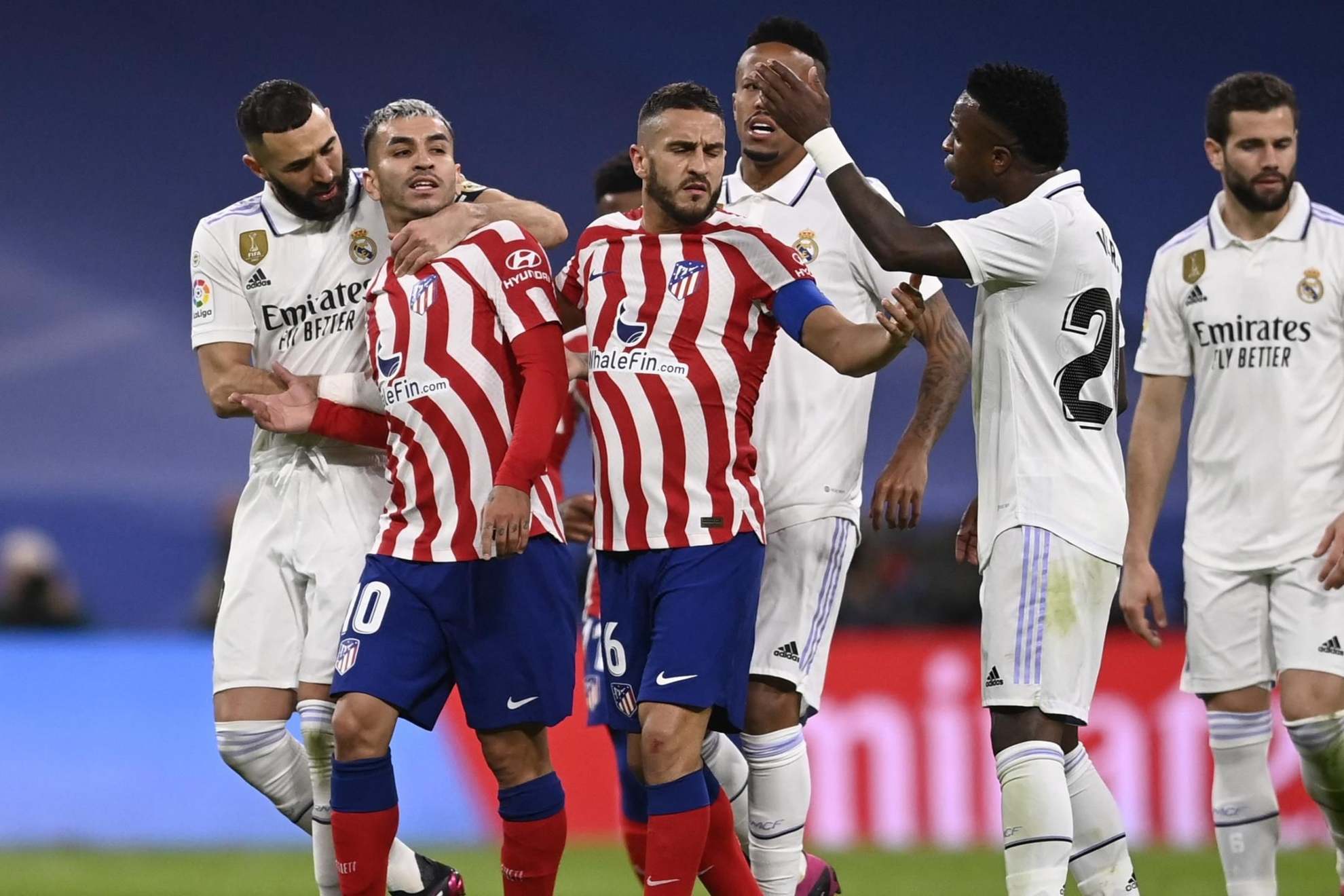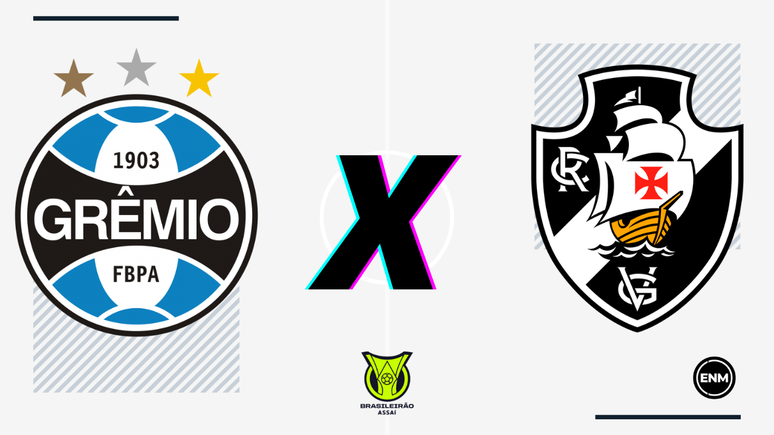Fiorentina FC: A Deep Dive Into the History and Success of the Italian Football Club
Por um escritor misterioso
publicado em março/12/2025

Discover the rich history and success of fiorentina fc , one of Italy's most renowned football clubs. From its humble beginnings to iconic victories, this article offers a detailed look at the club's journey.


The early years of Fiorentina were characterized by small but passionate fan bases and modest success. The club gained promotion to Serie A, Italy's top division, in 1931 and enjoyed several mid-table finishes in the following years. However, it was not until the 1950s and 1960s that Fiorentina truly became a force to be reckoned with.
Under the guidance of manager Nereo Rocco, Fiorentina achieved their first major success by clinching their first Coppa Italia in 1940. This triumph laid the foundation for future accomplishments and signaled the club's rise in Italian football. The 1950s saw Fiorentina consolidate their position in Serie A and establish themselves as a top-tier team.
In 1956, Fiorentina made history by reaching the UEFA Champions League final, then known as the European Cup. Although they ultimately lost to Real Madrid, this achievement put the club on the map internationally. The following years witnessed Fiorentina's continued success domestically, culminating in their first-ever Serie A title win in the 1955-1956 season.
Fiorentina's golden era came in the late 1960s under the leadership of manager Helenio Herrera. The team boasted exceptional talents like Giancarlo Antognoni and Kurt Hamrin, who played pivotal roles in their success. During this period, Fiorentina won another Coppa Italia title and reached the UEFA Cup Winners' Cup final in 1961, solidifying their status as one of Italy's elite clubs.
The 1980s and 1990s were challenging years for Fiorentina, as financial troubles plagued the club. Relegation to Serie B in 1993 marked a low point in their history, but it also served as a turning point. Under new ownership and the leadership of manager Claudio Ranieri, Fiorentina embarked on a journey to reclaim their former glory.
The early 2000s saw Fiorentina make a remarkable comeback, returning to Serie A and securing a place in European competitions. The club consistently qualified for the UEFA Champions League and UEFA Europa League, showcasing their resurgence on the continental stage. Meanwhile, Fiorentina's iconic Stadio Artemio Franchi became an emblem of the club's rich history and unwavering support.
In recent years, Fiorentina has continued to build on their legacy with notable signings and ambitious aspirations. The club's commitment to nurturing young talent and playing attractive football has earned them a loyal fan base both in Italy and abroad.
fiorentina fc is not just a football club; it is woven into the fabric of Florence's identity. The passion, dedication, and resilience displayed by players, coaches, and supporters alike make Fiorentina an institution that transcends the game itself.
As they continue to chase success on both domestic and international fronts, there is no doubt that fiorentina fc will leave an indelible mark on Italian football for years to come.






Napoli x Lazio: horário e onde assistir o Campeonato Italiano

Real Madrid vs Atletico de Madrid - Derbi Madrileño - Últimas Noticias
Fiorentina Football Club, commonly referred to as Fiorentina or Viola, is an Italian professional football club based in Florence. Founded in 1926, the club has a long and storied history that has seen them become one of Italy's most respected and successful teams.The early years of Fiorentina were characterized by small but passionate fan bases and modest success. The club gained promotion to Serie A, Italy's top division, in 1931 and enjoyed several mid-table finishes in the following years. However, it was not until the 1950s and 1960s that Fiorentina truly became a force to be reckoned with.
Under the guidance of manager Nereo Rocco, Fiorentina achieved their first major success by clinching their first Coppa Italia in 1940. This triumph laid the foundation for future accomplishments and signaled the club's rise in Italian football. The 1950s saw Fiorentina consolidate their position in Serie A and establish themselves as a top-tier team.
In 1956, Fiorentina made history by reaching the UEFA Champions League final, then known as the European Cup. Although they ultimately lost to Real Madrid, this achievement put the club on the map internationally. The following years witnessed Fiorentina's continued success domestically, culminating in their first-ever Serie A title win in the 1955-1956 season.
Fiorentina's golden era came in the late 1960s under the leadership of manager Helenio Herrera. The team boasted exceptional talents like Giancarlo Antognoni and Kurt Hamrin, who played pivotal roles in their success. During this period, Fiorentina won another Coppa Italia title and reached the UEFA Cup Winners' Cup final in 1961, solidifying their status as one of Italy's elite clubs.
The 1980s and 1990s were challenging years for Fiorentina, as financial troubles plagued the club. Relegation to Serie B in 1993 marked a low point in their history, but it also served as a turning point. Under new ownership and the leadership of manager Claudio Ranieri, Fiorentina embarked on a journey to reclaim their former glory.
The early 2000s saw Fiorentina make a remarkable comeback, returning to Serie A and securing a place in European competitions. The club consistently qualified for the UEFA Champions League and UEFA Europa League, showcasing their resurgence on the continental stage. Meanwhile, Fiorentina's iconic Stadio Artemio Franchi became an emblem of the club's rich history and unwavering support.
In recent years, Fiorentina has continued to build on their legacy with notable signings and ambitious aspirations. The club's commitment to nurturing young talent and playing attractive football has earned them a loyal fan base both in Italy and abroad.
fiorentina fc is not just a football club; it is woven into the fabric of Florence's identity. The passion, dedication, and resilience displayed by players, coaches, and supporters alike make Fiorentina an institution that transcends the game itself.
As they continue to chase success on both domestic and international fronts, there is no doubt that fiorentina fc will leave an indelible mark on Italian football for years to come.

Grêmio x Cruzeiro: informações, prováveis escalações e onde assistir ao jogo da Copa do Brasil - Gazeta Esportiva

1970 LER FUTBOL FENERBAHÇE İSTANBULSPOR KAPAK 26 X 39 CM EBATINDA

Sporting Lisboa derrotó sin complicaciones a Sturm Graz con doblete de Gonçalo Inácio

Lazio vs Sturm Graz H2H 13 oct 2022 Head to Head stats prediction
